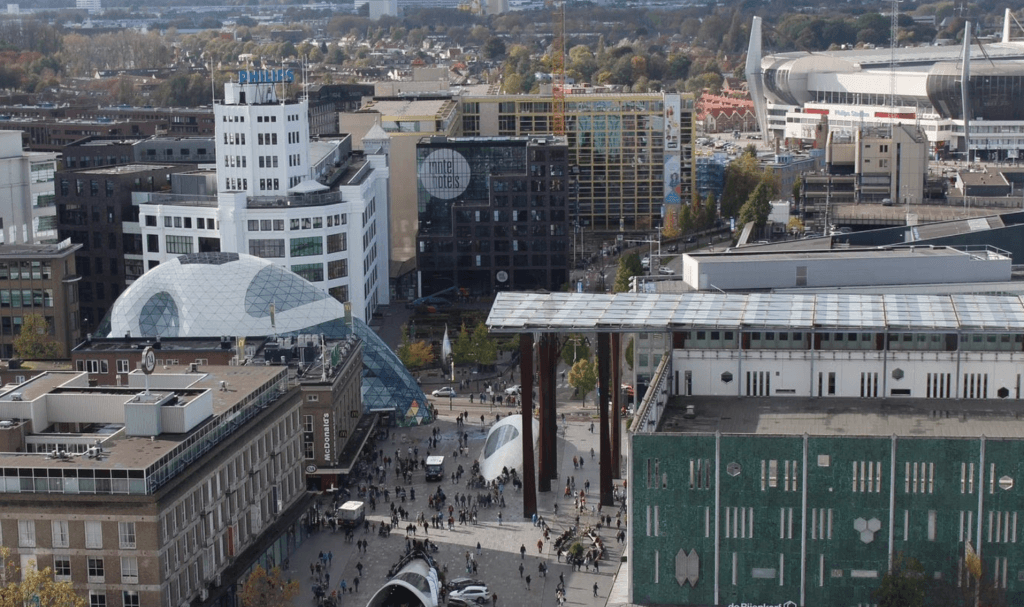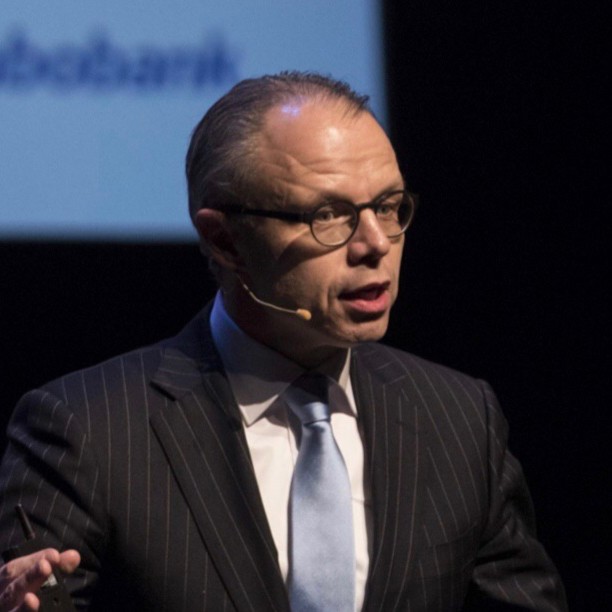
The Brainport region is an important growth engine of the Dutch economy. It is therefore very important, both for the region itself and for the country, to further strengthen this position. The fact that this not only increases the earning capacity but also makes it possible to tackle numerous societal challenges, makes that goal all the more relevant. In a series of 12 articles, Innovation Origins looks at the most striking issues within this endeavor. In this, we are guided by the research report ‘Brainport at the top‘ that Rabobank published in collaboration with Strategy Unit. Today, in the twelfth and final article in this series, we look back on all the findings.
Over the past three months, we have looked at all the challenges Brainport will have to encounter to stay at the top in the next ten years. Time for some conclusions, by highlighting the most essential aspects once more. These ten chapters of the report formed the guideline for our search:
- Original Equipment Manufacturers (OEMs) and the vulnerability of the supply chain
- Access to and distribution of capital
- The new OEMs
- Internationalization
- Making sharper choices
- A new way of innovating
- Mission-Driven Entrepreneurship
- Attracting and retaining talent
- Accessibility for students
- The quality of living and the city environment
The ten chapters of the report were derived from what Rabobank says are the three main questions Brainport has to answer. How do we work towards a robust ecosystem that is less vulnerable to international dynamics? How do we remain at the forefront of innovation? And, how do we remain an attractive region in which to live and work?

At the beginning of this series, we spoke with Rabobank’s head of research Otto Raspe. On the day after Prinsjesdag 2020, he showed us what Brainport needs to meet these challenges: huge investments in the so-called key technologies (for example through the ‘National Growth Fund‘) and an ambitious approach to a vibrant local living environment.
Since then, Brainport has indeed appealed to the €20 billion investment fund of ministers Hoekstra and Wiebes. But instead of an application around AI and photonics, as Raspe suggested, it became one for the ‘Brainport Line‘, a smart transport system in and around the city. And although a key technology like AI can certainly play a role in it, that plan seems primarily aimed at supporting the improvement of the living environment.
For the bank, the two tasks (investment in key technologies and attention to a vibrant living environment) cannot be seen in isolation from each other. “As a cooperative bank at the heart of society, we focus on stimulating an attractive and vibrant living environment that is inextricably linked to the growth of the Brainport region. Technological innovations are crucial to solving the social issues surrounding that vibrant living climate, such as energy transition, enjoyment of life, and sustainability.”
Provincial city
Rabobank Executive Board Chairman Marc Cootjans still has some worries. “Economically, this region plays on a global level, but in terms of housing, mobility, and facilities we are still little more than a large provincial city. There really needs to be a breakthrough in these areas. That is crucial. Look, all these tasks are important, but they will only get off the ground if the urban facilities are of a world-class standard. This involves sufficient affordable housing as well as opportunities for mobility and accessibility. It’s also about art and culture: a national museum, music and theater facilities: an even more vibrant city. And although there are plenty of great things happening in Eindhoven, that level of facilities simply needs to be raised significantly.”

When asked about cities from which Eindhoven could be inspired, Cootjans points at Munich, Amsterdam, and Rotterdam. “Regions with which we are at a comparable level economically, but which are far ahead of us in terms of housing and living conditions.” This, says the Rabo director, also has to do with the organization of the Brainport region. “Those 21 municipalities, that should of course only be one. And I can understand that all kinds of other processes mean that this is not a solution for the time being, but you should be able to function as a whole. With a joint delta plan for housing construction, for example, a joint approach to accessibility, and facilities in the field of art and culture.”
The most important task is housing, says Cootjans. “There is now a program in place in which, among other things, 3,000 new homes a year are planned in the municipality of Eindhoven. It’s already difficult to achieve that level of growth, but in fact, it still needs to be increased, to 5,000 new homes a year. There is a lack of housing at all levels, for all social classes, hence, for example, the large price increases of houses. And those 5,000, that’s not unattainable. There is enough money available, let’s draw up that delta plan, together with construction companies, landowners, and the municipality.”
According to Cootjans, there is an underlying reason that makes the focus on facilities and a vital living environment even more pressing: the care for a good balance in the city. “The word ‘dichotomy’ has been used more often lately, and for good reason. Polarization is a major risk, both locally and globally. If people no longer feel at home in their surroundings, bubbles of people who do not listen to other bubbles will grow stronger. The result: polarization, fragmentation.”
For this reason, Cootjans also puts a lot of energy into tackling poverty and debt issues outside of his work for the bank, as this is one of the factors that reinforce the dichotomy. At the same time, he is aware that it is not a local problem. “Polarization can lead to less effective public administration. That’s lurking, just look at what you see happening in the United States and the United Kingdom. We have to fight it with everything we have and prevent it from happening. And the prerequisite for an inclusive society is to ensure that everyone feels at home here. So: provide homes, a well-functioning infrastructure, clean air, and a vibrant city”.
Banking for Brainport
For Rabobank as a whole, the research provides plenty of starting points for its own policy. “The insights obtained from the interviews and ‘discussion tables’, which form the basis of the 10 tasks that were formulated, makes Rabobank highly motivated to support transitions in the coming years in order to keep Brainport at the top”, the researchers conclude in their report. The bank is also putting money into this: the ‘Banking for Brainport agenda’ has the ambition to invest an additional EUR 1 billion in Brainport in the coming years. According to the bank, 200 million of that has already been spent in the past year. “This ambition has resulted in a greatly improved understanding of the ecosystem, the building of relationships with all stakeholders within Brainport, numerous networking initiatives, and financial support for companies.”
This brings us back to the core of the task for a Brainport that will still be at the top in ten years’ time: provide a solid foundation with a vital living environment and invest in innovations in the key technologies that can continue to make a difference at a global level.
Read the other articles in this 12-part series here.

